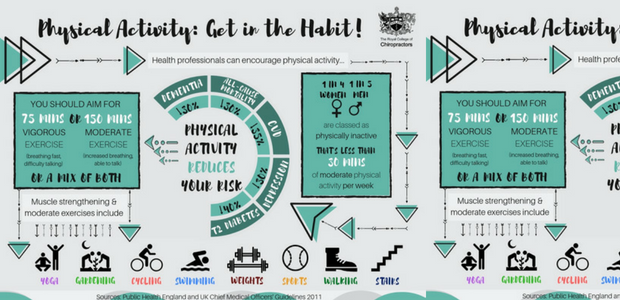A Newbie'S Guide To Comprehending Cervical Spine Makeup And Its Impact On Neck Discomfort
A Newbie'S Guide To Comprehending Cervical Spine Makeup And Its Impact On Neck Discomfort
Blog Article
Material Writer-Outzen Linde
As you rest there, possibly really feeling an ache of pain in your neck, have you ever thought the detailed structures that comprise your cervical back? Comprehending how the vertebrae, discs, and nerves interact in this region can clarify why neck discomfort can be so relentless and devastating. By checking out the structures of cervical spine makeup and its effects for neck discomfort, you may uncover insights that might assist you much better take care of or even avoid those bothersome aches and tightness.
Importance of Cervical Spine Composition
Comprehending the relevance of cervical back anatomy is vital in understanding the intricacies of neck pain. The cervical back, made up of 7 vertebrae, plays an essential duty in supporting the head's weight and facilitating activity. It houses the spine, which sends messages in between the brain and the rest of the body. In addition, the cervical back shields these delicate nerves and supplies structural security to the neck region.
Additionally, the cervical spinal column allows for a wide range of movement, enabling you to transform your head, tilt it laterally, and nod backwards and forwards. Each vertebra has specific functions and attributes that add to the general adaptability and security of the neck. Understanding the composition of the cervical back can help you understand how injuries or degenerative conditions in this area can result in neck pain and related signs.
Parts of the Cervical Spinal column
When exploring the elements of the cervical spinal column, it ends up being obvious that its structure includes seven vertebrae, labeled C1 to C7, stacked on top of each other. These vertebrae are essential as they offer assistance to the head and allow for a variety of motion in the neck.
The upper vertebra, C1, additionally known as the atlas, sustains the skull and allows the sluggish motion of the head. Straight below C1 is the C2 vertebra, known as the axis, which allows for the turning of the head back and forth.
Relocating down the cervical spine, each vertebra plays an important role in maintaining the spinal column's adaptability and stability. Between each vertebra are intervertebral discs that work as pillows, absorbing shock and preventing the vertebrae from massaging versus each other.
Understanding the components of the cervical spinal column is essential in understanding just how the spine features and its potential impact on neck discomfort.
Relationship In Between Spinal Column and Neck Pain
The connection between the spine and neck pain is an important element of recognizing bone and joint discomfort. Your spinal column, especially the cervical region, plays a considerable function in supporting your head and permitting different movements. When there's integrative in the spine, such as a herniated disc or misalignment, it can straight impact the surrounding tissues and nerves, bring about neck pain. Poor pose, injuries, and degenerative problems can all add to spine-related neck discomfort.
Suggested Online site to recognize that the spinal column and neck feature as a natural system. Any irregularities or imbalances in the spine can create pressure on the neck muscular tissues and tendons, leading to discomfort and stiffness.
Verdict
Now that you have a standard understanding of cervical spine makeup and its connection to neck pain, you can better value the intricacies of your very own neck discomfort. Bear in mind, the health of your cervical back plays an important role in supporting your head and promoting activity, so it's important to look after it via proper position, exercise, and normal exams with a healthcare professional. Keep educated and proactive concerning your spinal column wellness to avoid and take care of neck pain successfully.
